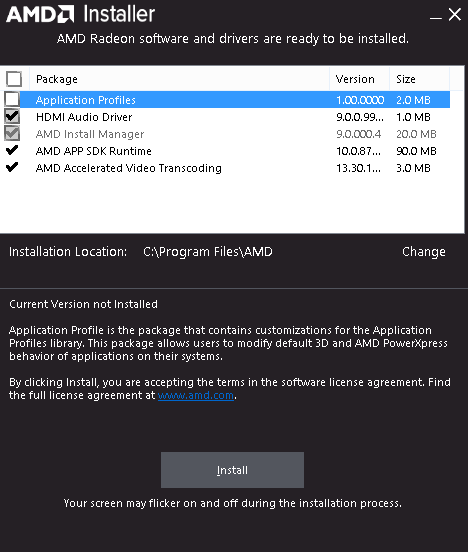

At the next screen, click Search automatically for drivers and wait until the operation is complete.Right-click on it and choose Update driver from the context menu that just appeared.You should now be able to spot an entry associated with the Wireless driver.

Wait until the scan is complete, then scroll down and open the Network adapters drop-down menu.Click on Scan for Hardware changes from the context menu that just appeared.Once you’re finally inside Device Manager, scroll down through the list of settings and right-click on Network adapters.Click Yes to grant admin access when prompted by the User Account Control (UAC).Next, type ‘devmgmt.msc” and press Ctrl + Shift + Enter to open up a Run dialog box.Press the Windows key + R to open up a Run dialog box.If this scenario is applicable, follow the steps below to deploy a hardware scan via Device Manager: This fix is confirmed to work on both Windows 10 and Windows 11. If all goes well, Device Manager should discover that a driver does not manage the Wi-Fi component and prompt you to install a generic equivalent. In this case, fixing the issue simply means using Device Manager to scan for updated driver software. This is most likely the scenario you find yourself in if you still have an Internet connection while you’re connected via ethernet cable. The network adapter should still be on your PC if you only uninstalled the Wi-Fi driver. Let’s explore a series of fixes confirmed by other Windows users who found themselves in a similar situation. If you uninstalled the generic driver, you might expect to lose access to the Internet if there’s no fallback driver to replace it. If you recently uninstalled your Wi-Fi driver by mistake or due to a procedure that has gone wrong, you might be wondering how to get it back.


 0 kommentar(er)
0 kommentar(er)
